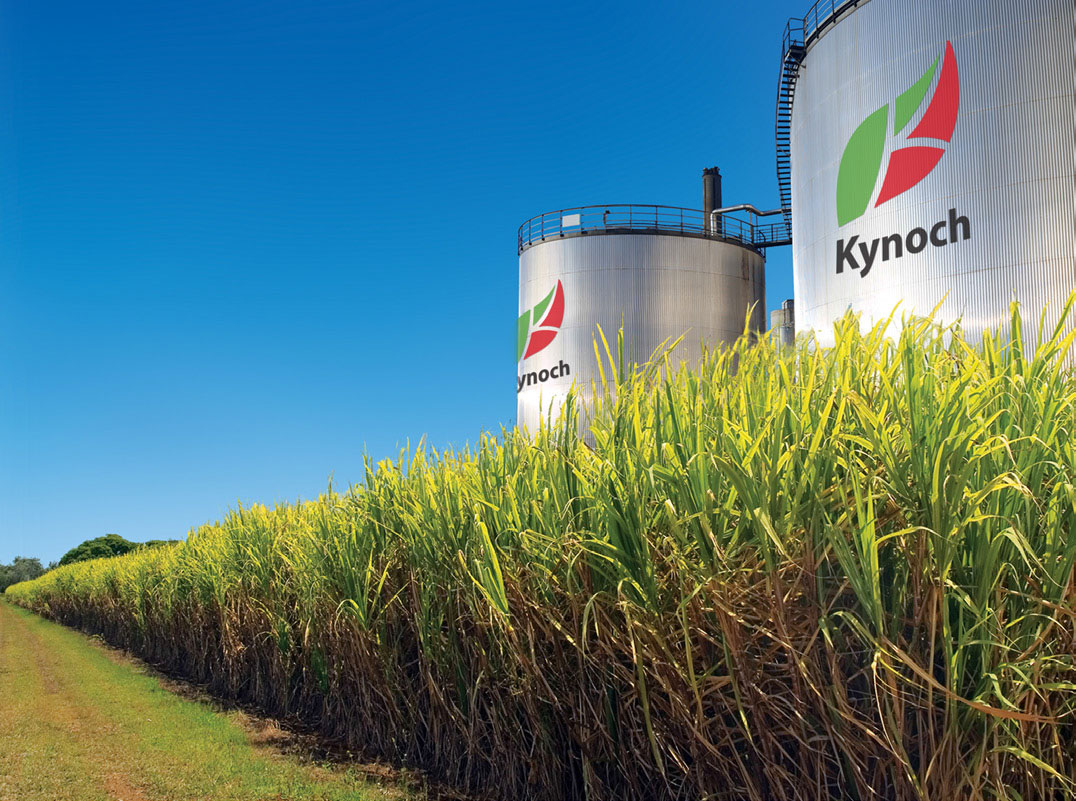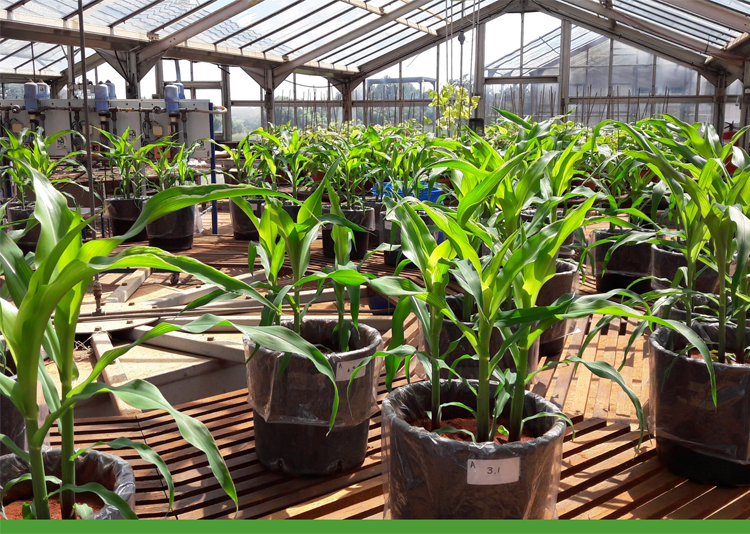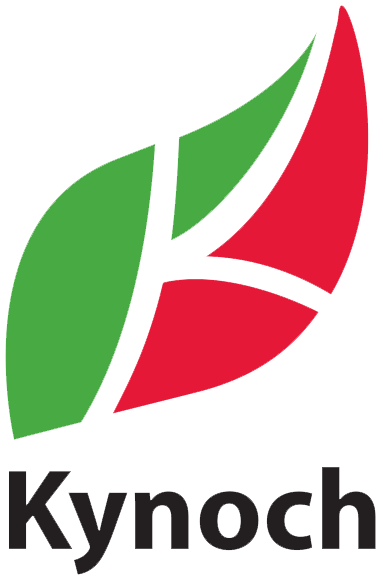
The Crucial Role of Organic Fertilizer Manufacturers in South Africa
06/01/2022Purpose Of Starter Fertilizer
28/07/2022Why, When and How to Apply a Seedling Fertilizer
Adequate nutrition is crucial to a plant’s well-being at every stage during its life cycle. In much the same way as the placenta delivers food to the unborn human infant, the contents of a seed provide all the nutrients necessary for the developing plant until it takes root. The newly-germinated plant must obtain its sustenance from the environment from that point on. Carbon dioxide from the air and water from the soil are the essential ingredients for metabolising carbohydrates, the plant’s primary energy source. However, only when applying a seedling fertilizer can one guarantee the ground will contain all the additional nutrients necessary to promote photosynthesis.
Why?
A deficiency of any essential nutrient in the soil can lead to abnormal growth or failure to thrive. For example, growing plants require trace quantities of the metallic element magnesium, a secondary nutrient required to synthesise chlorophyll. Other elements crucial to the development of the young plant include sulphur, zinc, copper, boron and molybdenum. While only tiny quantities are necessary in some cases, each of these plays a vital role in some aspect of a plant’s physiology. A well-formulated seedling fertilizer should contain these elements, together with the three essential macronutrients, nitrogen, phosphorus and potassium, in suitable concentrations and an assimilable form.
 A balanced mix of nutrients is essential for several reasons. It will speed up the process of healthy root development and help protect the young plant from stress due to adverse weather conditions, herbicides, disease and insect pests. A controlled fertilization programme can be especially beneficial when raising crops in sandy soils where the levels of these essential plant nutrients are often deficient. So, when will be the best time to apply a suitable seedling fertilizer?
A balanced mix of nutrients is essential for several reasons. It will speed up the process of healthy root development and help protect the young plant from stress due to adverse weather conditions, herbicides, disease and insect pests. A controlled fertilization programme can be especially beneficial when raising crops in sandy soils where the levels of these essential plant nutrients are often deficient. So, when will be the best time to apply a suitable seedling fertilizer?
When?
The earliest visible sign of development is the appearance of the cotyledons. These leaf-like structures contain a sufficient reserve of nutrients to continue meeting the young plant’s immediate needs. Soon after, these are replaced by the first true leaves, and the plant becomes dependent upon photosynthesis. It is at this point that additional nutrients are likely to be essential.
How?
One should apply the mixture in liquid form as using a granular product could cause burns to the delicate young shoots. Kynoch has developed a soluble seedling fertilizer called KynoPop®, which should be used as a ten per cent solution. The recommended application rate varies from four to twelve kilograms per hectare, depending on the width of the rows.
KynoPop® contains everything the young plants will need at this crucial stage in their development to ensure a healthy crop and maximum yield. Feel free to download the KynoPop® brochure to learn more about this world-class seedling fertilizer or contact Kynoch to learn more.





.png?v=1594369838025?v=1594369838026)